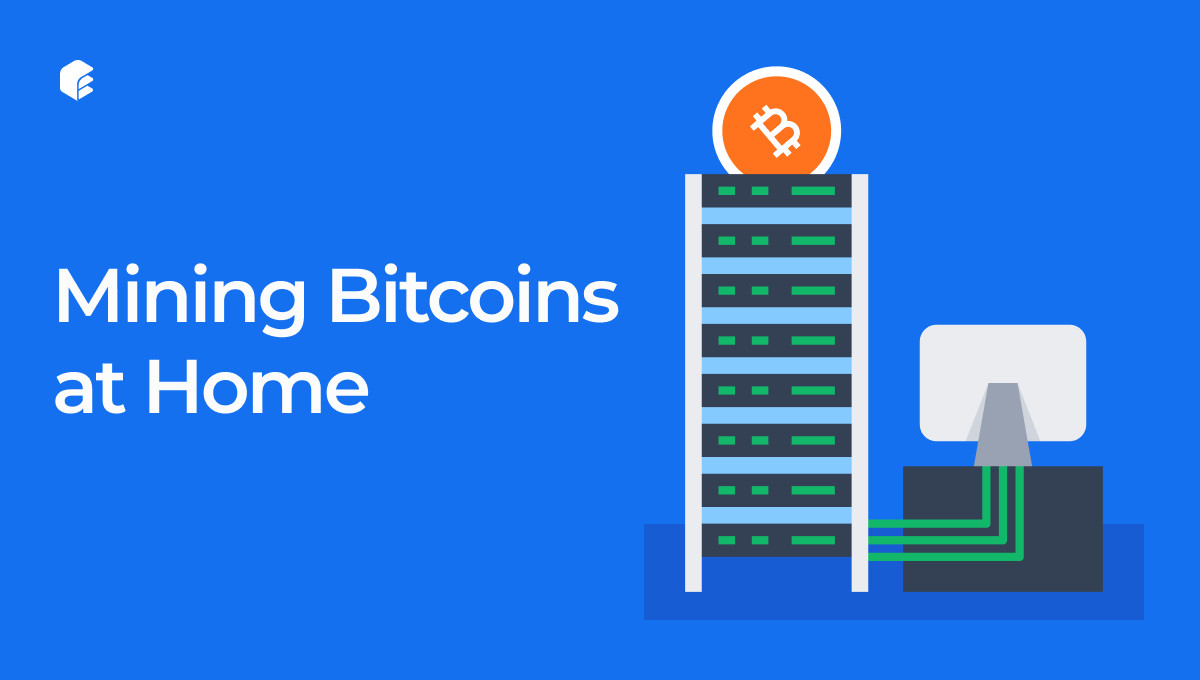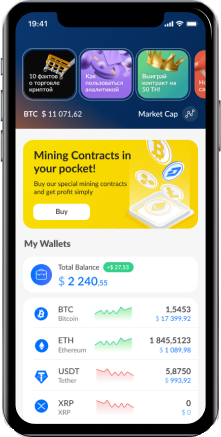Mining Bitcoins at Home: A Comprehensive Guide

With the growing popularity of cryptocurrencies, Bitcoin, the pioneering digital currency, has become a significant player in the financial landscape. While many individuals purchase Bitcoin on exchanges, others take a more hands-on approach by mining it themselves. This article will explore the process of mining Bitcoins at home, providing valuable insights and tips for aspiring miners.
Understanding Bitcoin Mining
What is Bitcoin?
Bitcoin is a decentralized digital currency, invented in 2008 by an anonymous person or group using the pseudonym Satoshi Nakamoto. Unlike traditional fiat currencies, Bitcoin operates on a peer-to-peer network, allowing secure and direct transactions without the need for intermediaries like banks.
What is Bitcoin Mining?
Bitcoin mining is the process through which new Bitcoins are created and added to the circulating supply. It also serves as the mechanism for validating and recording Bitcoin transactions on the blockchain, ensuring the network’s security and integrity.
Mining Bitcoins at Home
Before diving into Bitcoin mining at home, there are several crucial factors to consider. These include the initial investment, electricity costs, cooling requirements, and the potential profitability of mining.
Hardware Requirements
Mining Bitcoins requires specialized hardware known as Application-Specific Integrated Circuits (ASICs) or Graphics Processing Units (GPUs). Choosing the right hardware is essential for maximizing mining efficiency.
Software Requirements
In addition to hardware, miners need specific software to connect their hardware to the Bitcoin network and mining pool. Proper software configuration ensures optimal mining performance.
Setting Up a Mining Rig
Step 1: Selecting the Right Location
Selecting the appropriate location for your mining rig is crucial. Factors like electricity cost, cooling options, and available space should be taken into account. Mining hardware generates heat, and efficient cooling systems are necessary to prevent overheating and hardware damage.
Step 2: Choosing the Hardware
Depending on your budget and mining goals, you can opt for ASICs or GPUs. Researching and comparing different models is essential to make an informed decision.
Step 3: Installing the Software
Once the hardware is in place, installing the necessary software, such as a Bitcoin wallet and mining software, is the next step to start mining.
Electricity Costs
Mining can consume a significant amount of electricity, impacting your overall profitability. Understanding your local electricity costs is vital for budgeting.
Joining a Mining Pool
Mining pools allow individual miners to combine their computational power, increasing the chances of successfully mining a block and earning rewards. Selecting a reputable and reliable mining pool is crucial. Factors like pool fees, payout methods, and pool size should be considered.
Legal and Tax Considerations
Before starting mining operations, it’s crucial to understand the legal and regulatory environment regarding cryptocurrencies in your country. Mining income may be subject to taxation, and understanding tax implications is necessary to comply with the law.
Risks and Challenges
Market Volatility
Market volatility is a significant factor that can greatly impact the profitability of Bitcoin mining. The price of Bitcoin can experience rapid and unpredictable fluctuations, which directly influences the potential returns from mining operations. During periods of high volatility, miners may witness significant price swings, affecting the value of the mined Bitcoins. While soaring prices can lead to substantial profits, sharp declines can result in reduced returns or even potential losses. It is essential for miners to be aware of this inherent volatility and implement risk management strategies to navigate the ever-changing landscape of the cryptocurrency market.
Technological Obsolescence
Technological obsolescence poses a considerable challenge to Bitcoin miners. The rapid pace of technological advancements in the mining industry means that the hardware purchased today might become outdated within a relatively short period. As newer and more efficient mining hardware is continually being developed, older models may struggle to compete in terms of hash rate and energy efficiency. Miners must stay vigilant about the latest innovations and be prepared to upgrade their equipment regularly to maintain a competitive edge in the ever-evolving world of Bitcoin mining. Failing to keep up with technological progress could lead to reduced mining rewards and potentially hinder the overall profitability of their mining operations.
Potential Scams
The cryptocurrency space is not immune to scams, and miners should be cautious of fraudulent schemes.
Conclusion
Mining Bitcoins at home can be a rewarding and educational experience for crypto enthusiasts. However, it requires thorough research, careful planning, and a commitment to stay informed about the ever-changing landscape of cryptocurrency mining. By following this guide and considering the various factors, individuals can make informed decisions about whether home mining is the right path for them.
Frequently Asked Questions
- Can I mine Bitcoin using my smartphone? Mining Bitcoin with smartphones is not practical due to their limited computational power and energy efficiency.
- Is mining profitable for individuals? Mining profitability depends on various factors, including electricity costs, hardware efficiency, and Bitcoin’s price.
- How long does it take to mine one Bitcoin? The time it takes to mine one Bitcoin can vary greatly and is influenced by the miner’s hardware and the overall network hashrate.
- What happens if my mining hardware becomes outdated? Outdated mining hardware may lead to decreased mining efficiency and lower profitability. Upgrading to newer hardware is usually necessary.
- Are there any eco-friendly mining options? Yes, some initiatives promote eco-friendly mining by using renewable energy sources to power mining operations, reducing their environmental impact.









